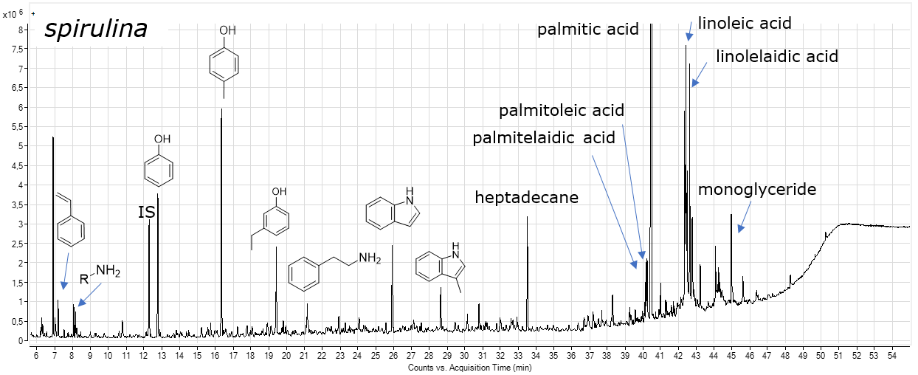Teksten vedrørende dette projekt er udarbejdet på engelsk.
Diminishing fossil oil reserves are one of the key reasons behind the development of sustainable second and third generation biofuels from the conversion of a variety of biomasses available in high volumes. Studies have suggested hydrothermal liquefaction (HTL) as a suitable technique for the production of a bio-crude, which can be upgraded to fuel with considerable reduction of greenhouse gas emission. The vast majority of compounds reported from HTL studies contain one or more heteroatoms. Especially the presence of nitrogen is problematic due to the formation of NOx gases upon combustion and difficulties during upgrading.

It is therefore of interest to investigate;
Previous projects have looked at the optimization of a suitable method for extraction of different compounds formed during the hydrothermal treatment of lignin using GC-MS. GC-MS analysis is frequently applied, when investigating the chemical characterization of the aqueous phase and the bio-crude, which are formed during the HTL process. The compound composition depends on different factors such the type of biomass, the reaction time, and the temperature. A recent project about this topic was funded by EU (https://www.hyflexfuel.eu/)